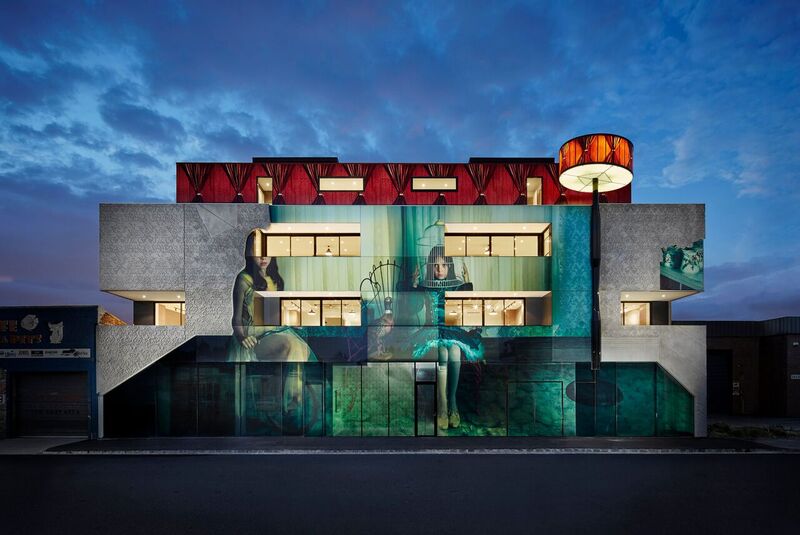With such intricate details and stringent methodologies imbedded into their design culture, KUD has been recognised locally and internationally for their small to large scale projects. Furnishing International caught up with Billy Kavellaris to gain insight into the tremendous and theatrical story behind the 2 Girls Building, as he explains how carefully considered design is paramount in the development of an award-winning structure and a fruitful future.
Words: Natasha Sciré
Photography: Peter Clarke
It was at the tender age of fifteen when Billy Kavellaris unwrapped a very special gift. It was a drawing board, his very first one. Little did he know that this gift would change the course of his life and open his eyes to his destiny, because it was at that very moment that Billy knew what he wanted to be – an architect.
Many years on, while studying in his first year as an architectural draftsman, then completing his Bachelor of Architecture, Kavellaris was commissioned a small garage extension for his uncle. Since then, he has worked on various project types with a portfolio that ranges from 400-metre skyscrapers to dainty corner chapels. By 2002, the Melbourne-birthed multi-disciplinary practice, Kavellaris Urban Design (KUD) was established and making ground in the design world with their one-off design interventions and a team designed for ultimate diversity.“We have a team of architects that have completed single residential dwellings, high-density residential, public and commercial buildings and major high-rise developments.
Our design team is youthful and energetic and is comprised of eight different cultural nationalities. This is not by chance but by design,” Kavellaris says.
“I am interested and invested in cultural diversity because I believe that this is a key ingredient to the making of a place in an increasingly urbanising global context. Our approach to all our work is one of collaboration and [the] exchange of ideas. All of our staff are architects and have designed-focused values. This is essential when we are recruiting new team members.”
The KUD team exists through Kavellaris’ emanating passion for the industry, which extends from the academic world of architecture. Committed to learning and evolving, Kavellaris teaches at the University of Melbourne and is also in the midst of writing a book about poetry, architecture and photography. With an eclectic body of work, these art forms not only have been influential in Kavellaris’ development as a designer but the components also inform KUD discourse and design philosophy.
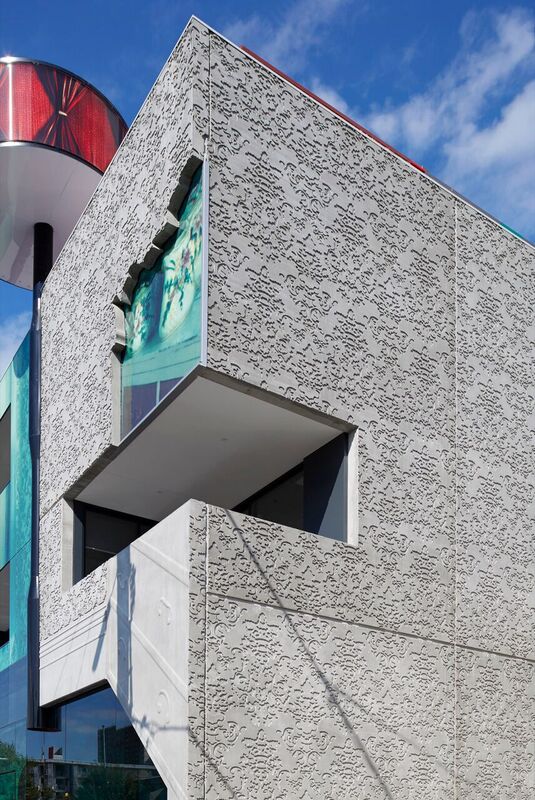
“We are a design-focused practice that considers architecture as a utilitarian art form. We see cultural and commercial value in architecture as an intellectual pursuit that balances all the complexities of our vocation,” Kavellaris says.
“We approach and consider all of our projects as individual architecturalnarratives that respond to four design principles; site, context, client and environment. Our work is underpinned by interdisciplinary speculations, which recognise that architectural outcomes are directly influenced by dynamic socioeconomic, political and technological forces where culture plays a mediating role.Our clients see financial and emotional value in what we provide, which is an essential ingredient for a successful sustainable architectural practice.”
The unique practice continues to defy boundaries and abandon the architectural language that people and communities commonly define themselves by. This very element is precisely what was anticipated for the 2 Girls Building, a mixed-use building designed by Billy Kavellaris with the assistance of the Project Architect, Rodrigo Sandoval. The space comprises of offices, warehouse spaces and residential apartments all divided by an art gallery with mesmerizing artworks on display throughout the building. Standing out from the rest in Abbotsford, the 2 Girls Building provides a billboard to the community that resembles the classic inner-city atmosphere with a touch of theatre. The contemporary and elaborate building was developed on only two pre requisites; that Digiglass and Samantha Everton’s artwork be incorporated into the building.
“KUD has been interested in the collaboration of art and architecture over the years. This collaboration with Samantha Everton injected another layer of complexity; unintentionally exchanging and swapping the role of the architect to artist and the artist to architect. The boundaries of the alliance were blurred, redefining ‘the artist’ and ‘the architect’ as one expression,” Kavellaris explains.
“I already knew of Samantha’s work and I selected the ‘Masquerade’ from Everton’s ‘Vintage Dolls’ series. I decided to reconstruct Samantha’s artwork for the concept and took a leap of faith. Thankfully [the client] loved the idea. The best part was that the ‘2 Girls’ in the photograph were [the client’s] daughters, which I had no idea. It was a nice cosmic coincidence.”
With an open brief, the building was designed to be a contrasting juxtaposition to the urban streetscape. The function of the building amalgamates art, photography and architecture and its veneer showcases the collaborative relationship between the three commodities. Kavellaris achieved design mastery with the result being all characteristics coinciding and intertwining with the other to create a new and fascinating art form.
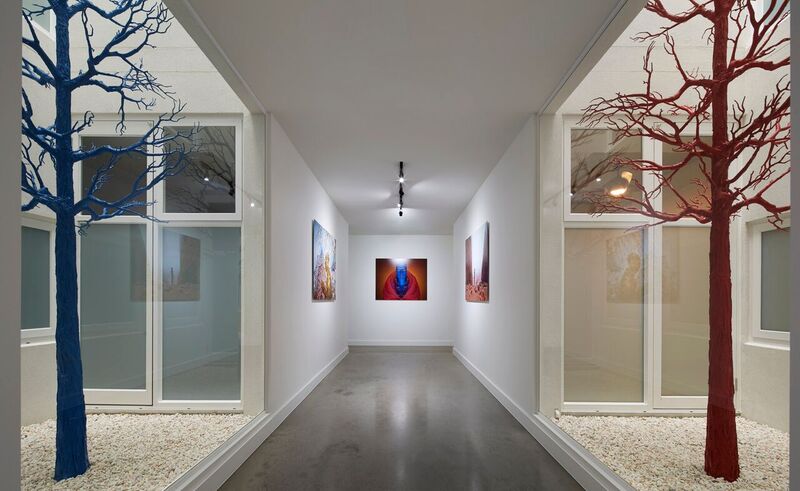
“Photography appropriates architectural materiality and photography shifts into the architectural space of the third dimension. Architecture becomes photography, photography becomes architecture and the building becomes a hybrid urban artefact within the built environment,” Kavellaris says.
If you were to ever come face to face with the aesthetically pleasing 2 Girls Building,you will immediately notice its visually compelling and striking appearance. The photographs of the ‘2 Girls’ that feature on the building’s façade have emerald-coloured tones through it and translucent elements applied. The embossed concrete on the sides is softened by ornate patterns consisting of wallpaper, red theatre curtains that lace the top level and vintage furniture, which are one of the main themes in the artwork. One of the many focal points is a giant three-dimensional lamp, which was designed as a clever highlight piece to add a depth-like quality to the smooth and level surface of the building, and to also give a dramatic effect at night with its wondrous glow.
The wallpaper motif is refabricated in the foyer and colour stained tree sculptures are placed in the light courts as a seamless continuum from the exterior to the interior. With all the fine textural compositions that permeate the 2 Girls Building, KUD’s main challenge was precision.
“This interplay of soft ornate imagery represented in hard and heavy concrete is a classical idea, which provides simultaneous readings of the architecture and the artwork,” Kavellaris explains.
“The intervention is reinforced with the Digiglass and also explores translucency contrary to the heavy opaque concrete. We had to redraw the entire artwork and all the intricate details of the photo in order to generate a mould for the concrete panels. We had to undertake a process of trial and error with respect to the technical application of the Digiglass. Several samples were tested to create the perfect level of translucency. The tolerances with respect to how the glass and concrete intersected required very highly skilled people to achieve the finish that we were seeking.”
“We designed the building to capture the qualities of a baroque theatre setting. We were interested in creating a contrasting dialogue between the post-war industrial buildings/Victorian cottages with the colourful contemporary material palette of the 2 Girls Building,” Kavellaris adds.
Impeccable design and well-considered applications are not the only qualities that KUD stand for. Environmentally sustainable design is also implemented into every project. Kavellaris and his team continue to cultivate and champion these fundamental aspects in their work by way of emphasising its importance from a holistic viewpoint.
“Environmentally Sustainable Design is very healthy for our industry and for the global community as a whole. In my view [it is] another mandatory skill set that good architecture must incorporate in the building, just like capturing good light in a space, or selecting the right material palette,” Kavellaris says.
As advocates of recycling and renewing materials, KUD ensured that the 2 Girls Building involved eco-friendly aspects wherever possible. The building is rated six stars and incorporates natural cross ventilation to all dwellings through the large light courts that are situated around the building. This allows the rooms to gain light and ventilation from the opposite sides of the site and also reduces the dependence on artificial lighting.
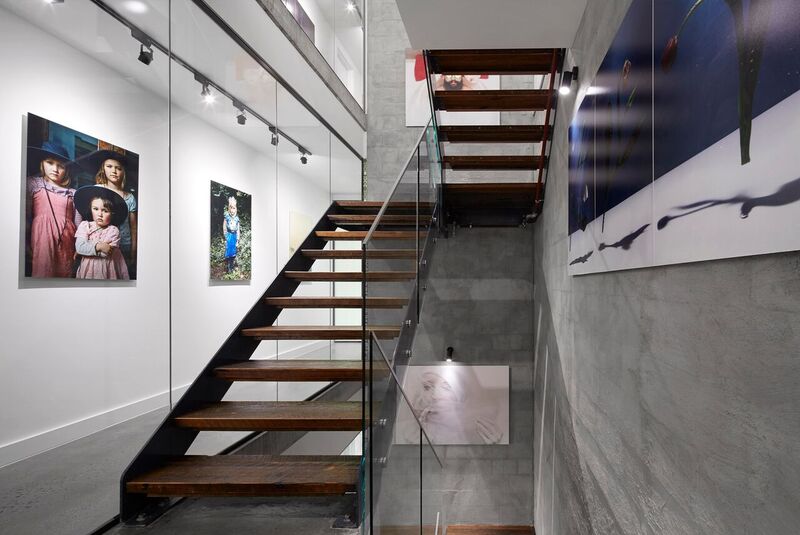
KUD also integrated a 22,000-litre rainwater tank for storm water collection, which is also used to flush toilets and provide irrigation to all the vertical gardens and landscaping. Extending their green practices, the floorboards from the original building were spared and reused to adorn the foyer walls and lift spaces. The structural roof truss members were utilised for the feature stair treads and all the timber used for the project came from renewable forests, which were approved by the Forest Stewardship Council.
It is no wonder why the 2 Girls Building has received well-deserved recognition locally and internationally, including being awarded the 2015 National Master Builders Award for best Medium Density Building, the 2015 Master Builders of Victoria Best Multi-Unit Development, the 2015 Apartment Complex, and the most distinguished – the Best Mixed- Use Building at the 2015 International LEAF Awards in London. Kavellaris’ success is indicative of his unswerving efforts and his determination to broaden his skills and build on his expertise. With this, he offers humble advice to budding designers.
“From the first stroke of the pen to the completed built work, it takes more than just talent. Architects need to be multidisciplinary in all areas that relate to our craft. Designers need to be able to describe their visions verbally and through their imagery; they need to be able to harness the power of persuasive oratory to convince clients and bureaucrats the merits of their design. Ultimately this will determine the calibre of the work,” Kavellaris says.
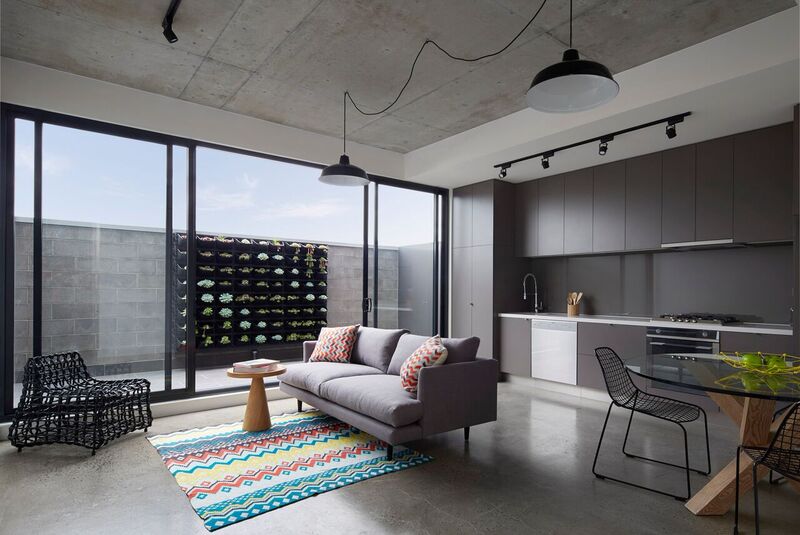
With this philosophy set tightly in KUD’s ethos, the firm has some exciting projects currently under construction, namely a large Cultural Centre and a $350 million major project comprising of six towers. For Kavellaris, this is just the beginning of more adventurous architectural design.
“Many of our projects have pioneered technologies that have enabled us to create architectural outcomes that would not be possible in the past. We are constantly engaging with manufacturers and contractors to push the boundaries for new architectural exploration,” Kavellaris says.
“Our industry has been working hard to show Australia and the world that we have our own voice and identity. Australian architecture produce some of the most avant-garde buildings in the world. I think the future for us is looking brighter with all the great local examples being built in this country today.”
An influential, meticulous and inspiring design such as the 2 Girls Building only uncovers the talent that exists in our time. KUD is a true testament to how a design firm should approach each of its projects, which is to provide enduring buildings with minimal ecological impact, through the use of unrivalled imagination.
The brilliance and strategy behind the 2 Girls Building joined with Kavellaris’ paradigm of the ultimate architectural structure has led us to believe that we are yet to see more spectacular works of this kind in the future.
kud.com.au


